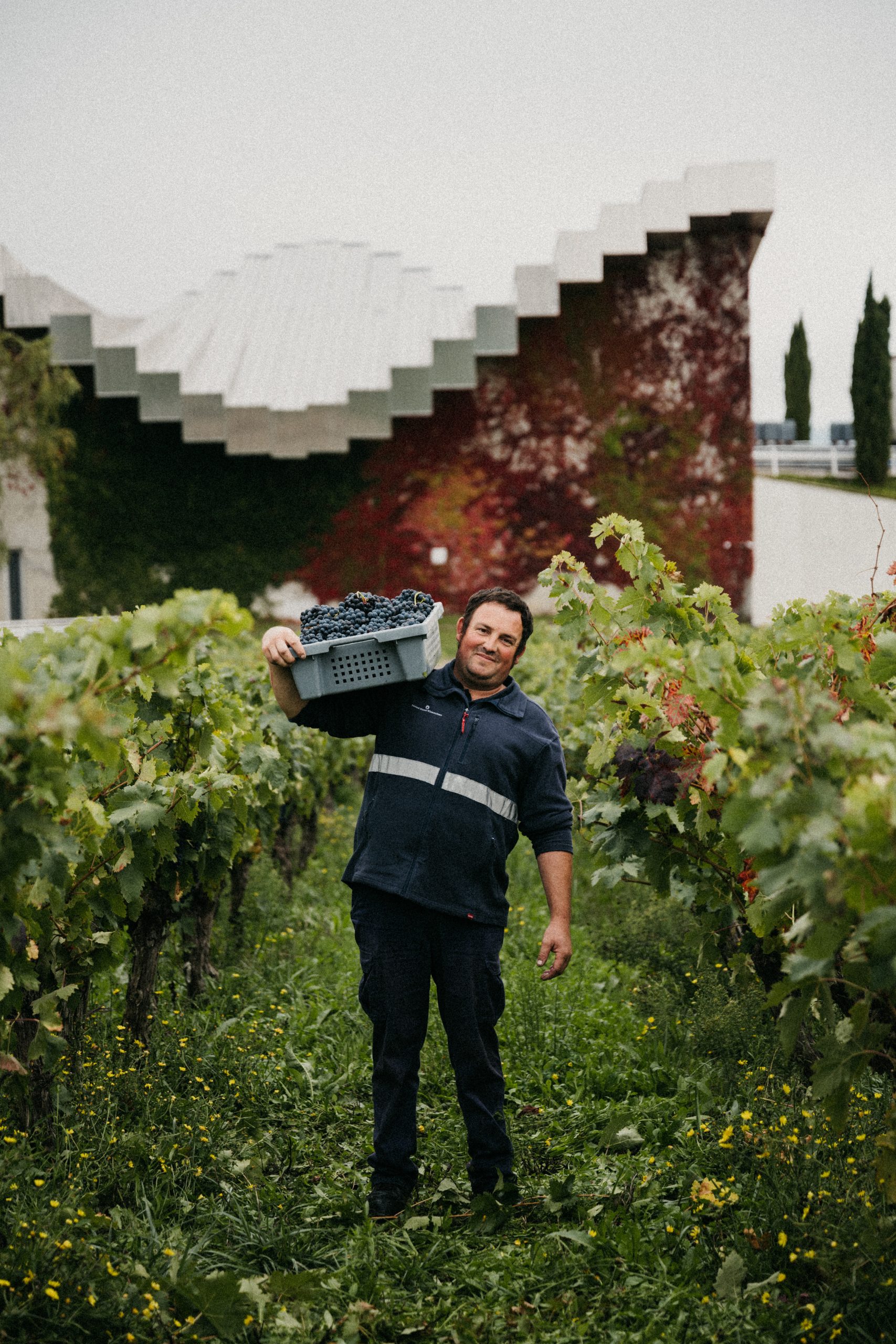China adopts new regulation on Ochratoxin A for wine
China will be adopting a new limit for Ochratoxin A (OTA), the toxin produced by fungi such as aspergillus and penicillium commonly found in cereals, coffee and wine, starting from 17 September.
The maximum limit of the OTA allowed in domestic and imported wine sold in China market will be 2ug/kg, the same level that was adopted by the EU more than a decade ago, ushering in a more strict and vigorous regulation on the toxin due to its irreversible damages on the kidneys and liver.
The new regulation introduced by the National Health and Family Planning Commission titled GB 2761-2017 is the first time that the commission has extended the regulation to coffee and wine, according to CN Wine News.
OTA, produced on grapes affected by aspergillus and/or penicillium, is present on grapes skins. Winemakers can reduce the risk of OTA contamination in wine by limiting skin contact of affected grapes and strong juice clarification.
Partner Content
In addition to wine, the new limit set in China for roasted coffee and coffee beans will be 5ug/kg, while the maximum limit for instant coffee is 10ug/kg.




